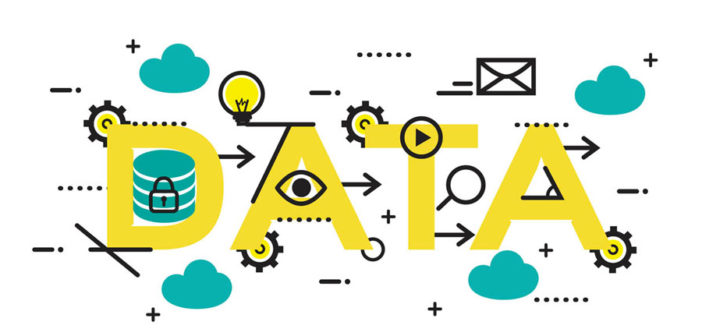Influencer marketing is in a state of constant evolution, and has as many fanatics as brow-raising skeptics. But despite the critics, 2017 was definitely a year of growth; according a study by Klear, there were double the number of Instagram posts containing #ad compared to 2016. We Are Social’s Florencia Lujani argues that marketers need to get serious about bringing together data and influence.
With 39% of brands planning to increase their influencer marketing budgets in 2018, marketers who were previously content with asking themselves “is this influencer right for my brand?”, will now face more challenges. This question alone cannot cover the current complexity of this area – we now need more data and sophisticated tools to help brands identify influencer expertise, score content and analyse target audiences more accurately.
What differentiates influencers?
There are three key areas that distinguish influencers. Their expertise and passion on a specific topic, the content they create every day and the community they were able to build.
When choosing an influencer, marketers should ask themselves these questions: does this influencer have the authority to communicate my message, does their content align with my brand’s, and do they have the right audience? It is virtually impossible to answer these key questions without data, and it is easy to over simplify things. Therefore, tools are absolutely necessary to navigate the market and make sure our influencer selection will be able to deliver business results.
From vanity metrics to authority analysis
First, the basics – how to identify the right influencer for your brand. Even though influencer identification platforms have been around for years, most of them still rely on vanity metrics from public data to establish someone’s “influence”. These aren’t particularly helpful – influence is rooted in authority and it’s not possible to define who has this by looking only at metrics like followers and engagement. The ability to analyse authority is what separates simple databases – which is what most agencies and brands currently use – from more advanced, sophisticated platforms. Without these, two influencers in the same category, with the same number of followers might be difficult to differentiate. It’s in these cases when we see decisions made without any particular reasoning behind them other than “I like this person more than the other one”.
This is the moment when having a tool to discover audience insights becomes crucial. These (such as DemographicsPro, Deep Social and Upfluence) provide better understanding not only of an audience’s age, location, gender and language, but also allow marketers to spot audience brand affinity, interests, most popular hashtags within that community and most mentioned brands. This information is useful both in the planning stage of a campaign or programme, and on the execution of a creative campaign, making the selection even easier because it’s backed by facts and figures.
Analyse content with scoring systems
After you’ve found an influencer with the right audience, it’s time to look at their output. As content creators first and foremost there’s significant differentiation through the personal touches they lend to their work. It’s useful for brands and agencies to try to convert influencer content into data using a scoring system to measure success and the effectiveness of their output (e.g. using a scale from one to ten). Developing a system to standardise this, with a mix of metrics such as quality of the content, production value, impact of messaging, clarity of brand messaging, can help marketers evaluate more easily and fairly.
Look for insightful, meaningful data
There is an evident need to combine all data sets to assess if an influencer is fit for a brand. The industry doesn’t need more tools acting as marketplaces for brands to connect with influencers and brief them in return for a few bucks, it needs tools to provide more insightful, meaningful data to facilitate better decisions. The influencer industry will only continue to mature when data starts playing a bigger, more fundamental role, as it does in other areas of marketing.
So next time you are torn between two influencers, you should lean towards the one that scores highly in the the three key areas: authority, content and community. No one ever said that working with influencers was easy, but at least using data will allow the industry to make better, more informed decisions.
–
This article first appeared in www.warc.com
Seeking to build and grow your brand using the force of consumer insight, strategic foresight, creative disruption and technology prowess? Talk to us at +9714 3867728 or mail: info@groupisd.com or visit www.groupisd.com




